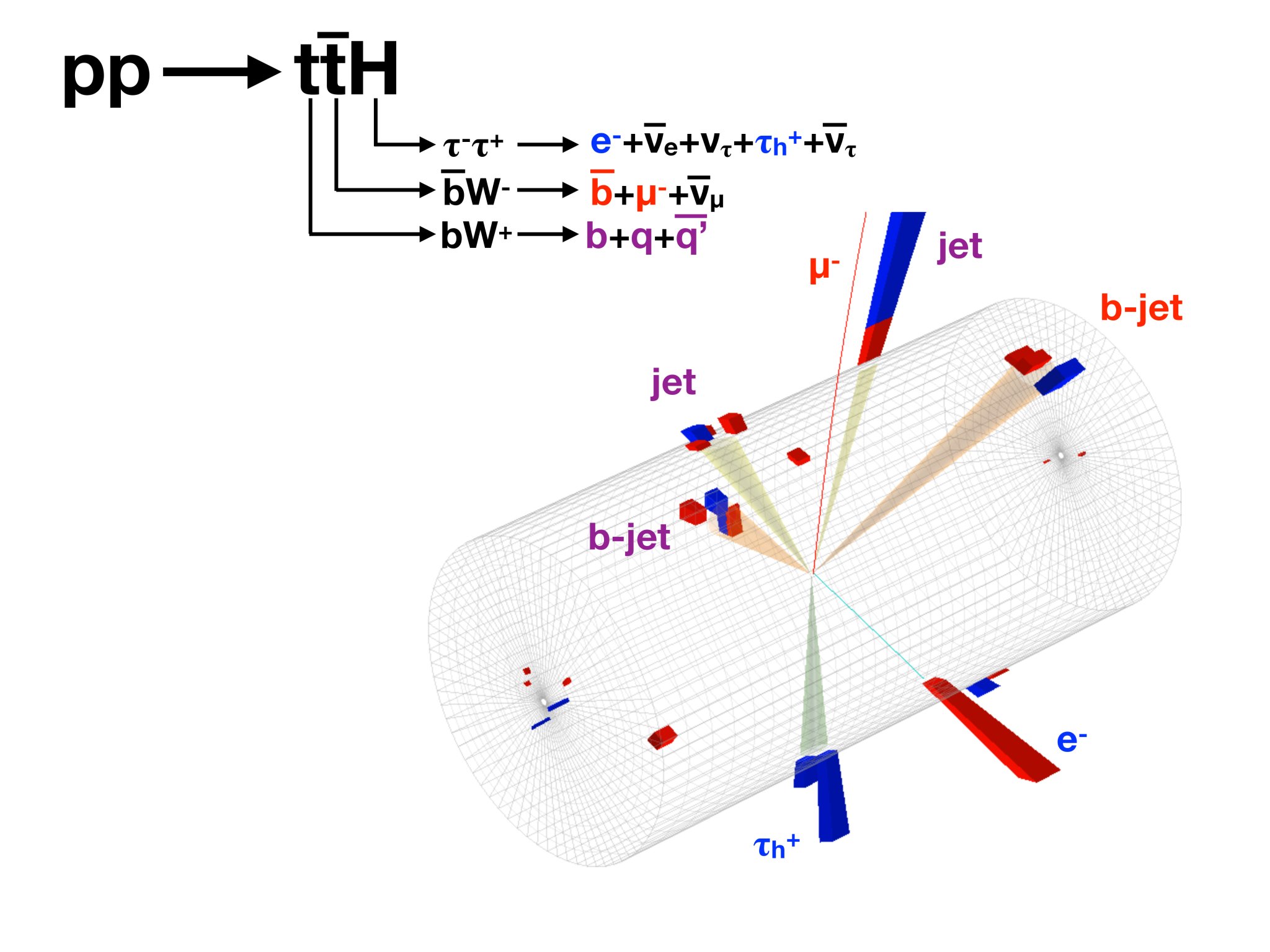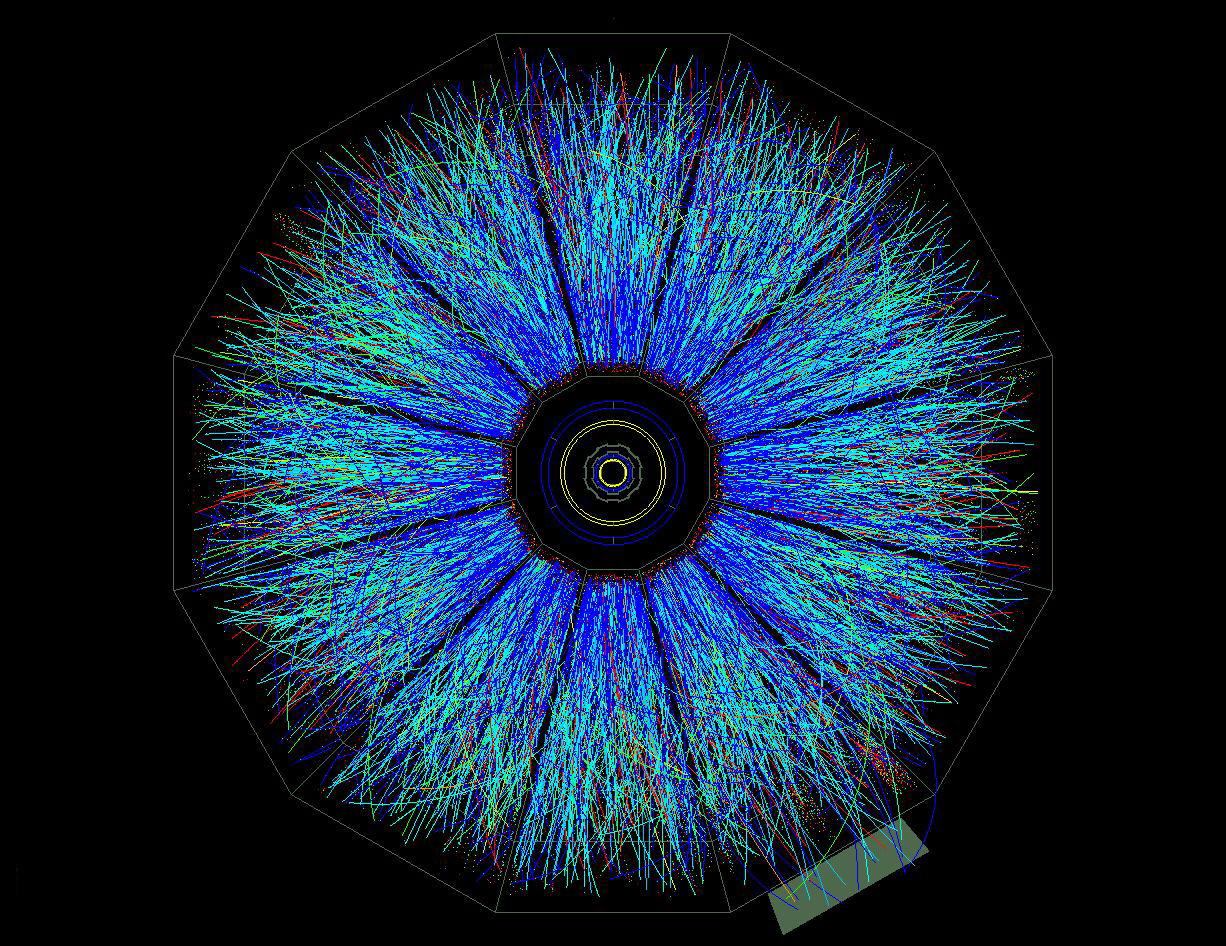Belgrade CMS group for High Energy physics (HEP) is a part of the Laboratory of Physics department at the Vinca Institute of Nuclear Sciences. The Serbian CMS Team is composed of physicists, doctoral students, an engineer and a technician from two institutions of the University of Belgrade: the Vinča Institute of Nuclear Sciences and the Faculty of Physics. The small Serbian team from Vinča joined the CMS Collaboration in 1997/1998, as a part of DEMOKRITOS HEP Group from Athens, while officially the Serbian Group became a full member of the CMS in 2001/2002, when four physicists (professors) and one specialist in electronics from the Faculty of Physics joined the Vinča Group to form “the Serbian CMS Team”. Since then, Serbian physicists and specialists are continuously contributing to CMS. Their entry followed the in-kind contribution of Serbia, which included construction of corner pieces for the CMS magnet. The Team is now fully integrated into CMS, with recognisable participation in development, testing, production and integration of CMS sub-systems and its supporting services (ECAL Safety System, Relative Humidity System, Detector Control System, etc.), as well as in 3D design and modelling in engineering of CMS components (within the CMS Integration Centre). Members of the Serbian CMS team have also contributed to physics studies. In particular, they had significant contributions in the discovery of the Higgs boson and in measurement of its properties in proton-proton collisions, in studies of properties of the quark-gluon plasma in heavy-ion collisions, and today they also have some of the leading roles in activities related to the future upgrades of CMS (developments of the High-Granularity Calorimeter, L1 Trigger, future physics performance studies, etc.). The team currently consists of 12 members.
Collaborators of our research group are engaged in project OI171019: "High energy physics with the CMS detector". Belgrade CMS group is predominantly involved in CMS and Cerenkov Ring Electron Spectrometer (CERES/NA45-2) experiments.
Our research activities are focused on:- Analysis of data gathered from CMS and CERES experiments.
- Phenomenological research of hard nucleus collisions.
- Biomedicine and cooperation with INFN and CERN.
- Couplings between the Higgs boson and the top quark in the Standard Model (SM) and beyond the SM.
- Cross section for Higgs boson production in association with top quarks.
- Processes of Flavour Changing Neutral Current (FCNC) in events with Higgs boson and one top quark in final state.
- Reconstruction and calibration of jets and missing energy transverse (MET) at High Level Trigger (HLT) - online level.









